15 new channels in the 3.5GHz range are already supported by plenty of phones for LTE use, but OnGo is important for 5G, too.
The FCC just finished a six-year set of talks with the CBRS Alliance (Citizens Broadband Radio Service) and authorized commercial use of what's known as the 3.5GHz CBRS band.
3.5GHz service is in-between super-low bands like T-Mobile's 600Mhz and mmWave such as Verizon's 28GHz.
Previously held exclusively by the Department of Defense for Navy radar operations, the 3.5GHz to 3.7GHz bands have been split in a way that allows the Navy to have access when it needs it, and for us to be able to use it the rest of the time. Seven full-access channels will be auctioned off and eight channels will be available for general public use, with instant switching should the Navy require access for coastal operations.
What this means is that the phone you have right now will probably have a faster LTE connection once all the paperwork is finished and companies that make phones can now build a true 5G "World Phone" that works everywhere.
What is the CBRS Alliance?
The Citizens Broadband Radio Service Alliance was founded by Cisco, Ericsson, Federated Wireless, Google, Intel, Nokia, and Rukus Networks. Its membership roster includes almost every U.S. carrier and broadband provider as well as companies like Motorola, Samsung, Sony, Microsoft, and Qualcomm. Almost every company with a vested interest in wireless communications is part of the CBRS Alliance.
Every company with a vested interest in wireless is part of the CBRS Alliance.
For years, it has been working on what's known as OnGo. OnGo is a public and private sector radio service that can be used by broadband providers as well as wireless infrastructure for industry, hospitals, and other largescale deployments that need a reliable and fast communication network.
Some places, like Dallas's Love Field airport have already put the infrastructure in place to deploy OnGo as soon as possible. Eventually, you'll find OnGo service deployed in most major mass transit systems, airports, hospitals, and factories.
The CBRS Alliance has been working on this because of how the 3.5GHz spectrum is currently used. It's reserved by the Department of Defense for Navy radar as mentioned above, but the Navy barely uses it because it doesn't need it. So the very valuable wireless spectrum just sits there unused almost all of the time.
The new rules adopted by the FCC will allow for seven licenses that have full-time access, and eight public-use channels that anyone can deploy but if the Navy does need it for coastal operations, it gets full use of the spectrum and everyone else has to fall back to lower frequency bands until the Navy releases it.
Why is this spectrum so important?
3.5GHz radio spectrum is what's known as mid-band radio. It's good at building penetration and covers long distances, which makes it perfect for broadband communication — both LTE and for 5G.
Asia, Europe, and the Middle East already use 3.5GHz for 5G service. Meanwhile, in North America 5G deployments have been done using low-band spectrum or millimeter-wave spectrum. There are benefits to using both, but there is even more benefit to supporting 3.5GHz by carriers in the U.S and Canada, who will presumably follow the FCC's ruling.
What is 5G? The next-gen wireless standard explained
For us, 3.5 GHz means faster and better LTE service on some of the phones we have right now. The Galaxy S10 (not the S10 5G), the Pixel 4, the OnePlus 7 Pro, the LG G8 ThinQ, the iPhone 11, and even the 5G Moto Mod have built-in 3.5Ghz OnGo radios and can connect anytime the service becomes available.
This year, the Galaxy S20 will likely support both LTE and 5G in the 3.5Ghz band, which makes it really convenient for consumers and manufacturers.
What do I need to do?
Not a thing. If you have a phone that supports the 3.5GHz band as mentioned above, you're already good to go. If your device ever sees the service available, it can just use it. Nothing is disabled and you won't have to change any settings.
There's nothing you can do except wait.
If your phone doesn't support the 3.5GHz band, nothing you can do would be able to enable it. But you may also see faster and more reliable LTE service in areas where OnGo is live because other phones will be using the network freeing space and bandwidth for "regular" LTE connections.
It's a sure bet that every phone released in 2020 will support the 3.5GHz spectrum for LTE, and many will also offer up 5G support using it, too.
OK, but when?
Things like this move slowly. With the ruling out, it's time to start the spectrum auction process for the reserved channels, and for the general use channels, there will be infrastructure to put in place.
Things like this take time, but it should be worth the wait.
Of course, companies like Verizon or Comcast will end up winning the reserved channel auctions, and that means there will be a need for an infrastructure update there, too.
It will probably be near the end of the year before we see 3.5GHz and OnGo service deployment in more than a few localized places. This is a big ship to steer, so it takes a long time.
But it does look like it will be worth the wait.
Get More Galaxy S10
Samsung Galaxy S10
Galaxy S10 From $800 at Amazon Galaxy S10+ From $900 at Amazon Galaxy S10e From $650 at Amazon
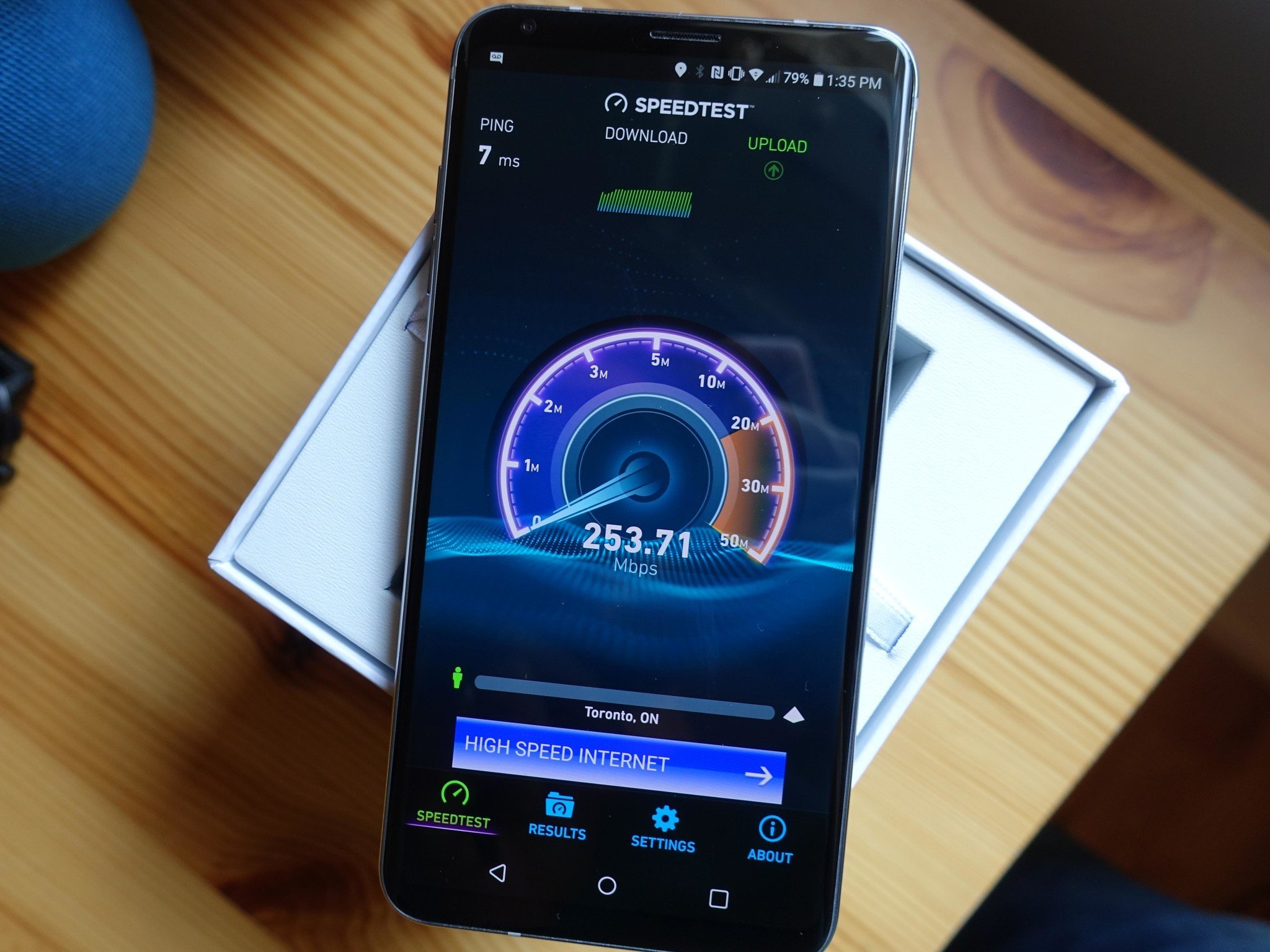
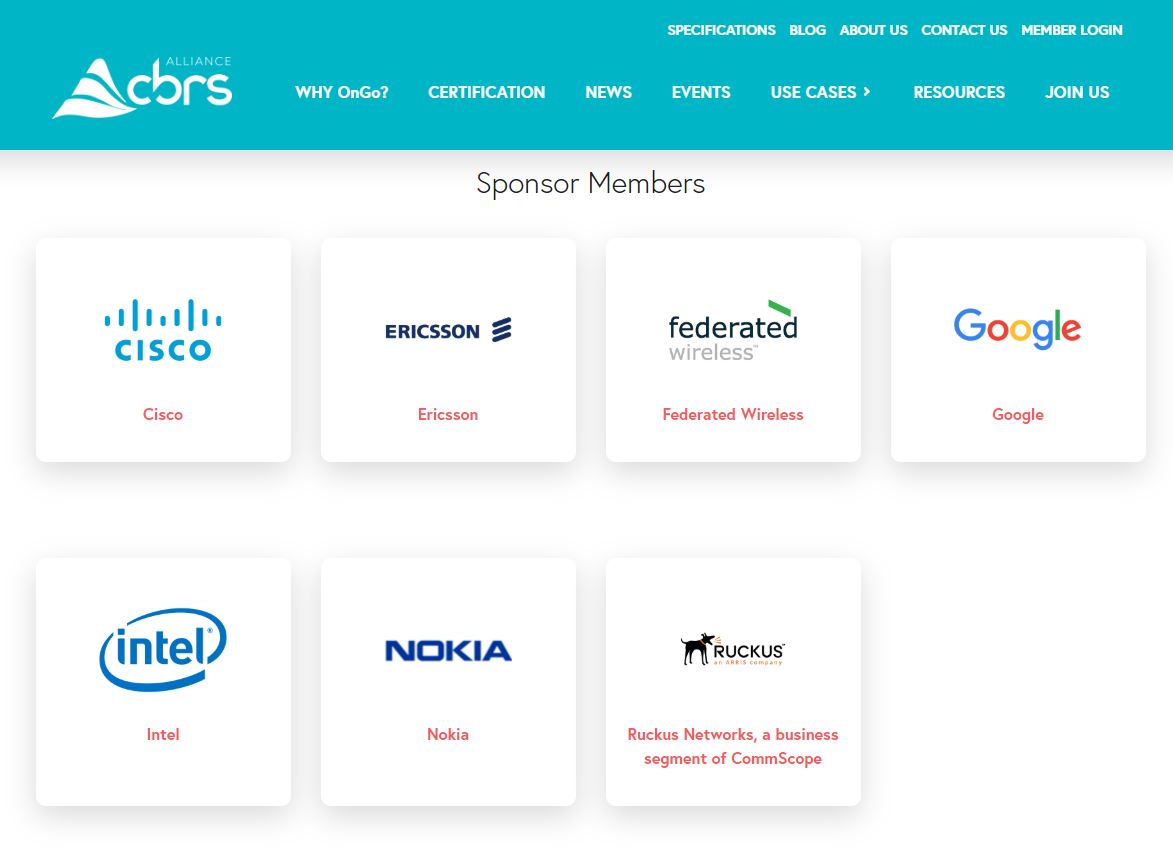
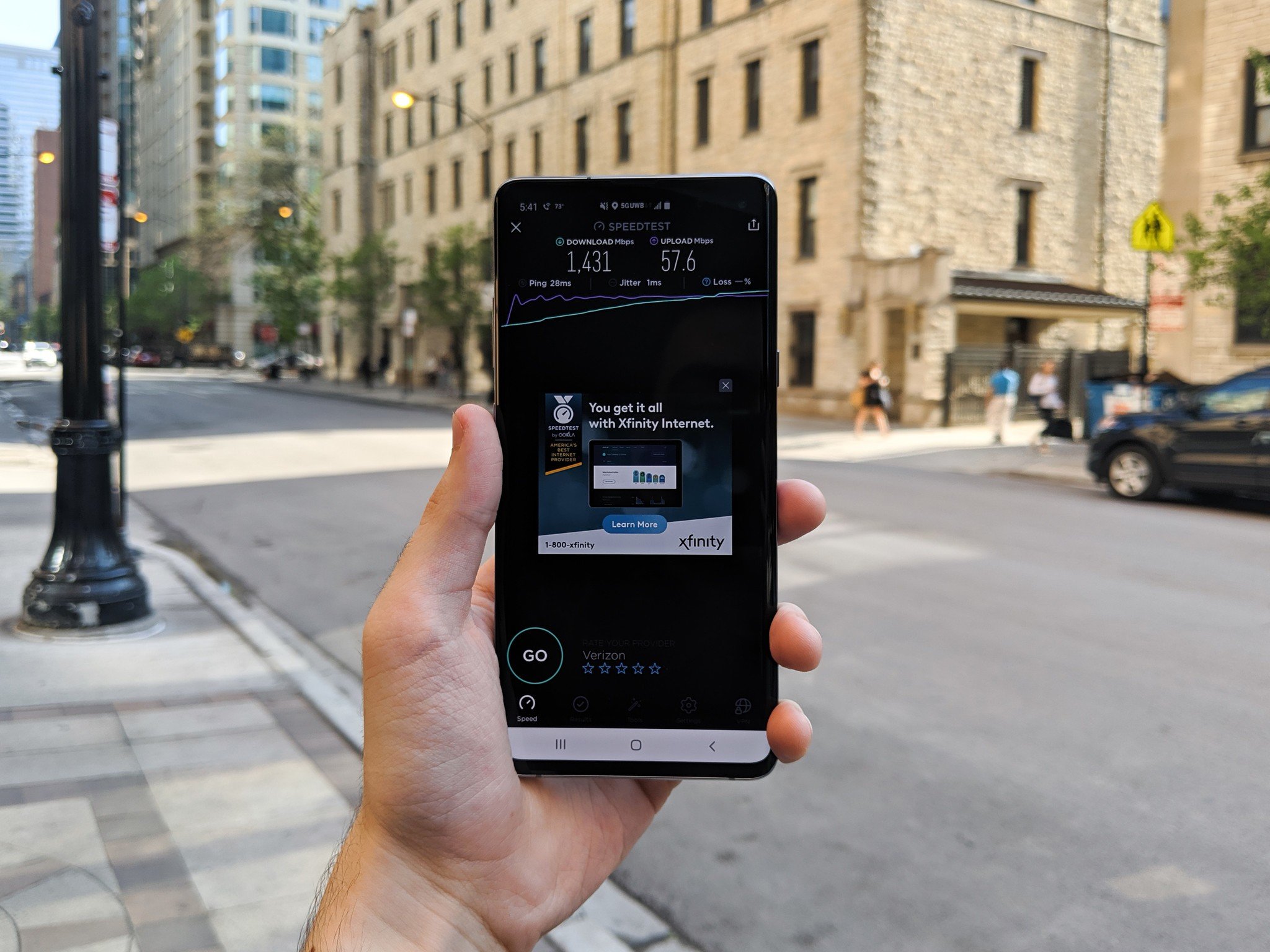
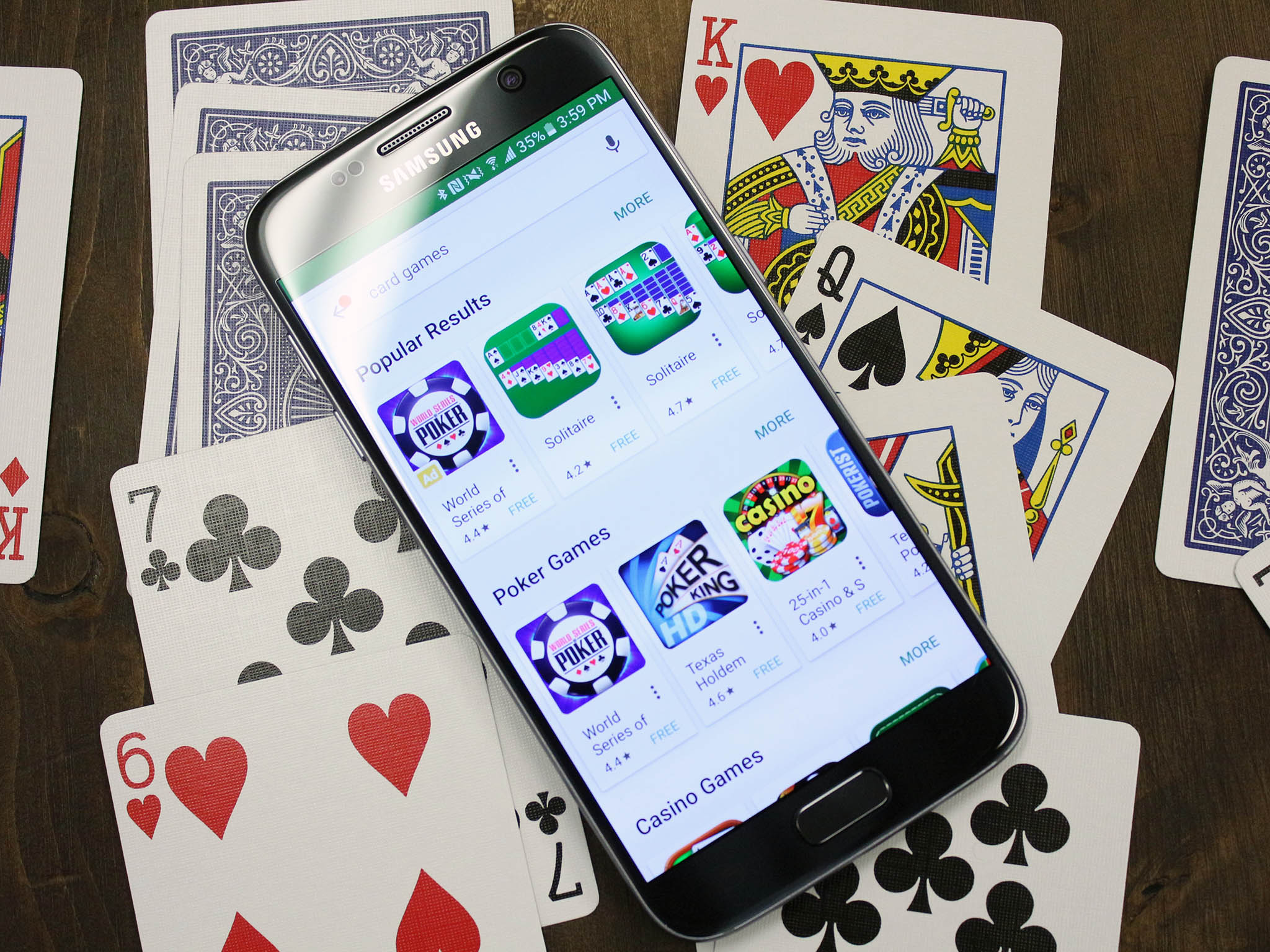
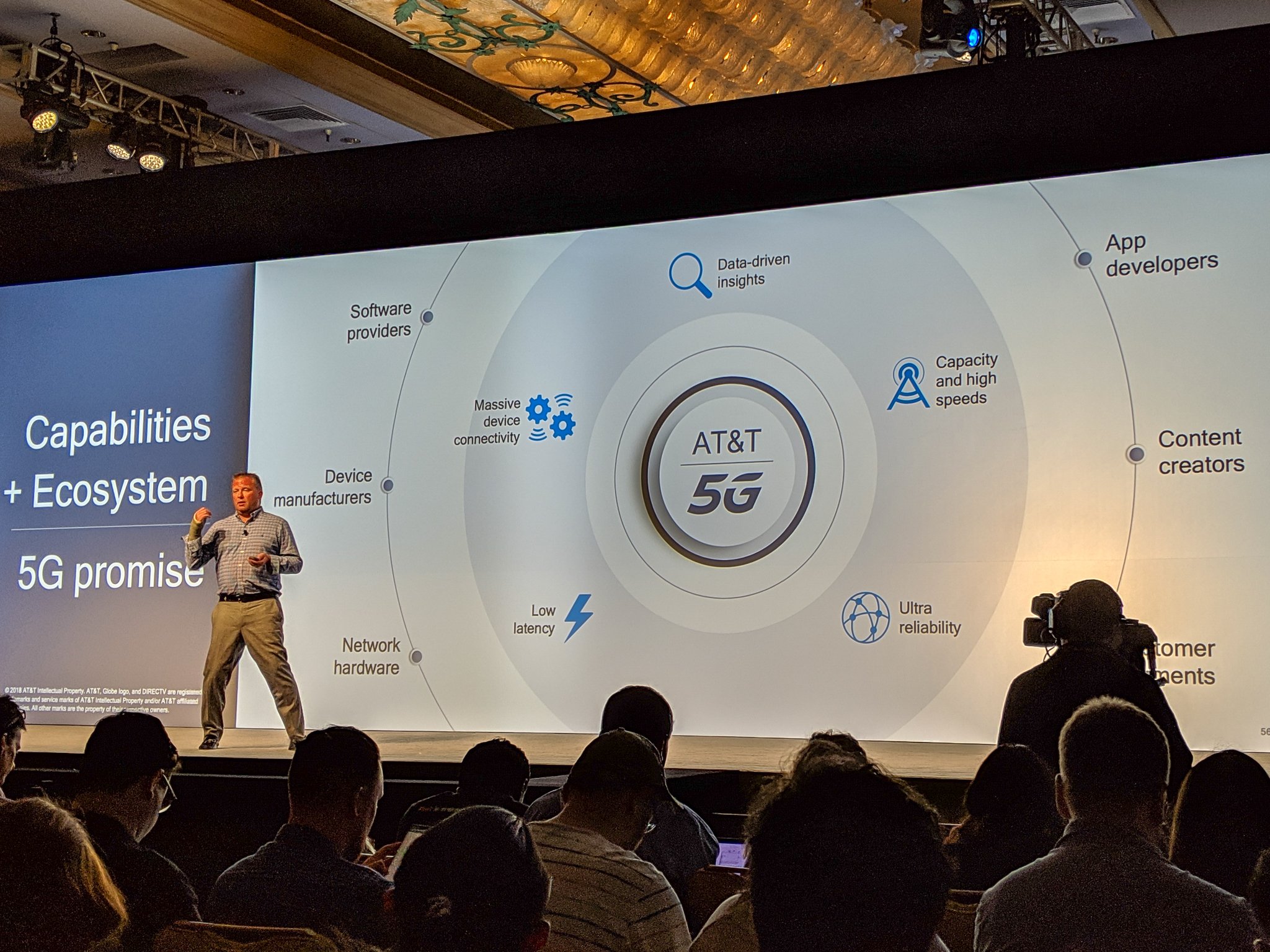
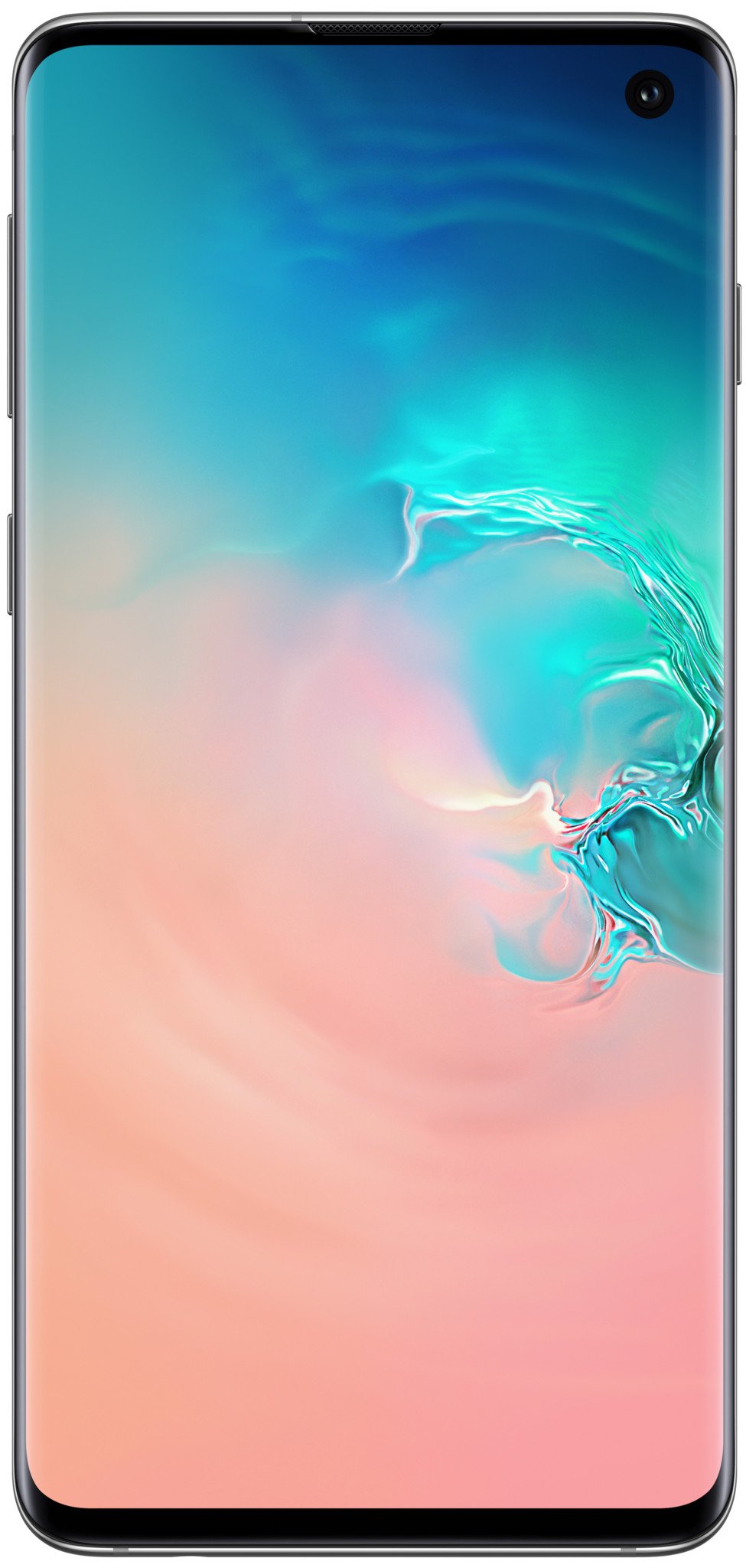
Tidak ada komentar:
Posting Komentar